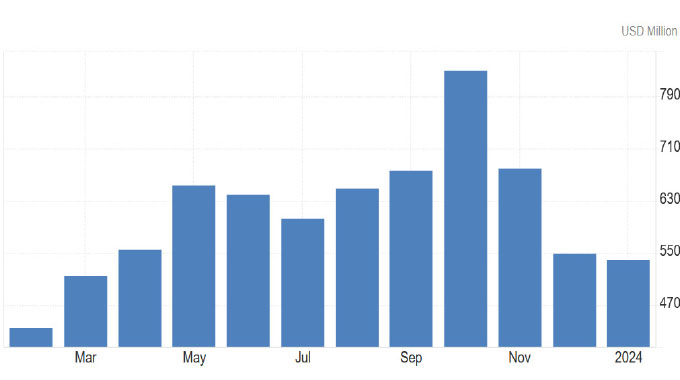Simplify export procedures: Industry

Golden Sibanda
Senior Business Reporter
Manufacturers have implored the Government to simplify export procedures, as industry must refocus following the recent launch of the African Continental Free Trade Area (AfCFTA), which opens a 1,3 billion people market.
This was said by United Refineries chief executive Busisa Moyo, who is also Zimbabwe Investment Development Authority (ZIDA) chairman and Confederation of Zimbabwe Industries (CZI) past president.
Further, Mr Moyo said entrenching macroeconomic stability (exchange rate, inflation), political will, efficient infrastructure (borders, roads, ICT)), retooling finance (structured finance), competitiveness and retraining will be among key requirements to tap into AfCFTA.
Speaking during a recent virtual seminar on AfCFTA, Mr Moyo said the AfCTA, which came into force in January 2021, will create more demand for economies across Africa, Zimbabwe included, but said this country needs to rethink its export strategy.
AfCFTA is the African continent’s most ambitious integration initiative, embedded in the Agenda 2063 of the African Union, whose main objective is to create a single continental market for goods and services with free movement of people and investments.
The AfCFTA is expected to increase intra-Africa trade from an existing level of about 13 to 25 percent or more through better harmonisation and coordination of trade liberalisation.
The signing of the deal at continental level creates a market of about 1,3 billion people with estimated combined gross domestic product (GDP) of over US$3,4 trillion.
So far, 54 out of 55 African countries, Zimbabwe included, have signed the trade agreement to allow duty free access of goods and services on the continent.
Mr Moyo said the AfCFTA market will drive demand for goods, which will help increase the currently diminished capacity utilisation of Zimbabwean companies.
Mr Moyo pointed out that the significant growth in plant utilisation in 2020 was largely in part a result of strong demand, locally though, when imports were restricted.
This saw industrial plant usage grow from 36 percent to an average 47 percent. Industry is targeting 61 percent capacity, but has requested a number of impediments to be addressed for this to happen.
Mr Moyo said AfCFTA will have similar effect of growing industrial output if authorities address the myriad of constrains tripping firms, among them the litany of complex procedures for one to export goods.
But the ZIDA chairman reckoned that authorities need to simplify the export procedures for Zimbabwean companies to be able to optimally tap into the AfCFTA.
He gave as examples, nearly 20 documents his company URL require to export.
“I think it is high time we simplify. I am not asking us to take away the documents, but to simplify the process because a lot of industries face this challenge in the area of simplification,” Mr Moyo noted.
Manufactured exports currently constitute about 16 percent of total exports and industry believes there is significant room to expand the export basket, which is hugely dominated by raw exports, especially minerals and tobacco.
Mr Moyo said Zimbabwe was already doing export business and had basic infrastructure in place, but needed certain structural and policy flaws straightened to optimise returns from exports.
But of the reorientation towards export focussed growth, following the launch of AfCFTA, which Zimbabwe signed and ratified, was the need for paradigm shift for industry to adopt outward looking mentality.
As AfCFTA opportunities beckon, Mr Moyo said Zimbabwe was spoilt for choice and “ours is a crisis of opportunity”, where other countries are battling to find the thing “we have too many blessings.”
Tanganda managing director Henry Nemaire, who chairs CZI’s trade committee, said the Government need to work on impediments to exporting, stressing that most exporters are currently taxed at more than 100 percent.
He said the many constraints to export business have removed the incentive to export and urged authorities to restore and introduce incentives to encourage and promote exports.










Comments